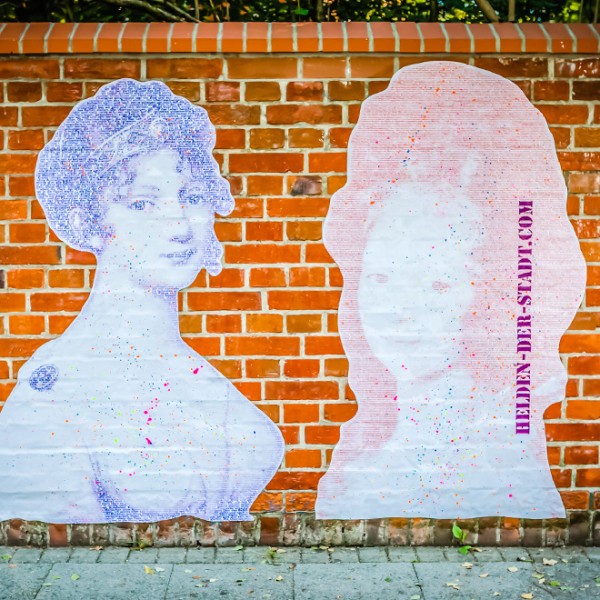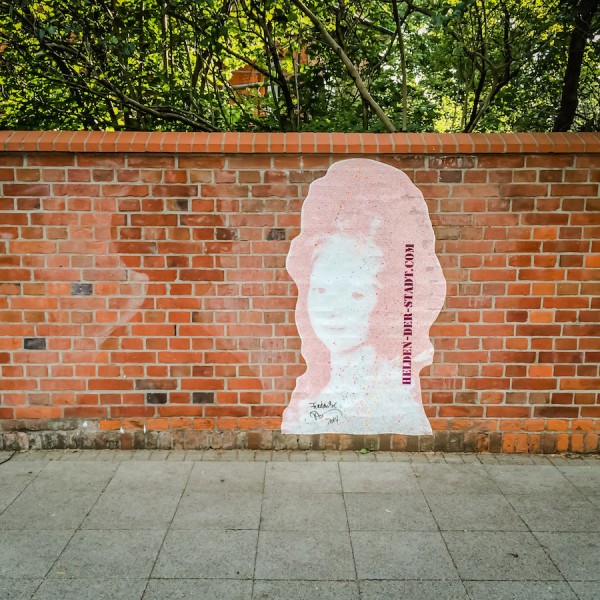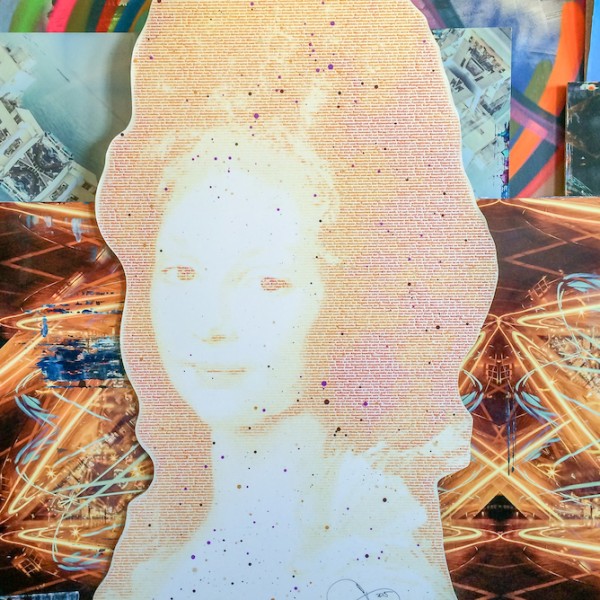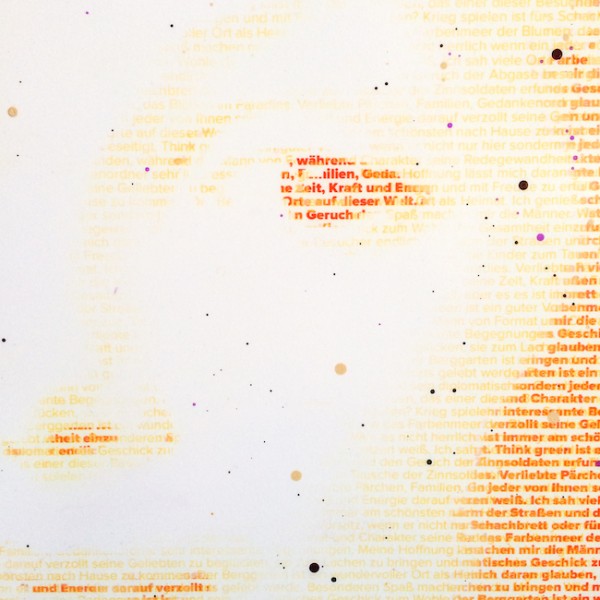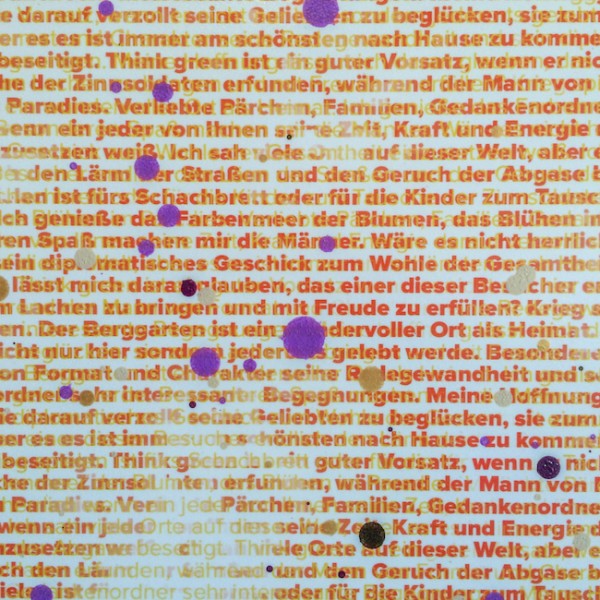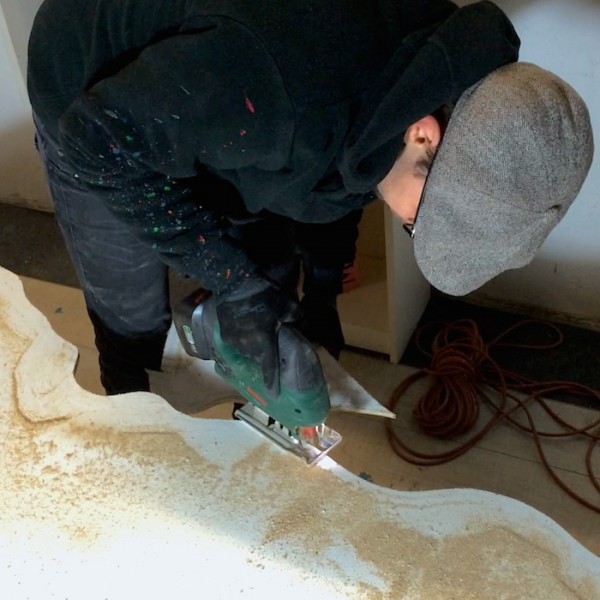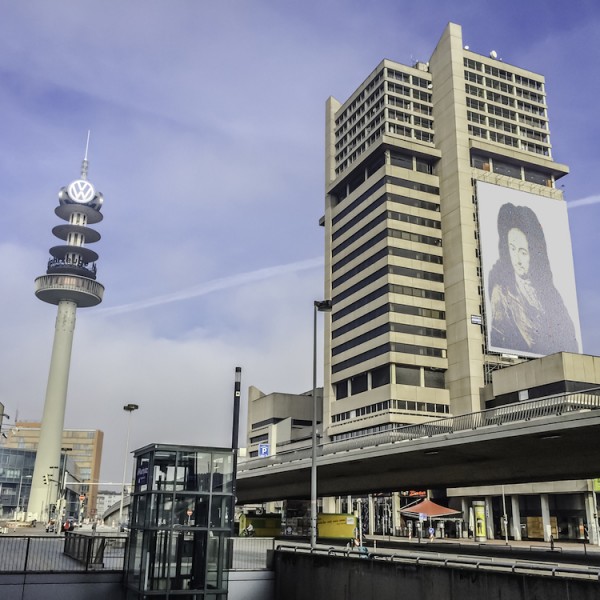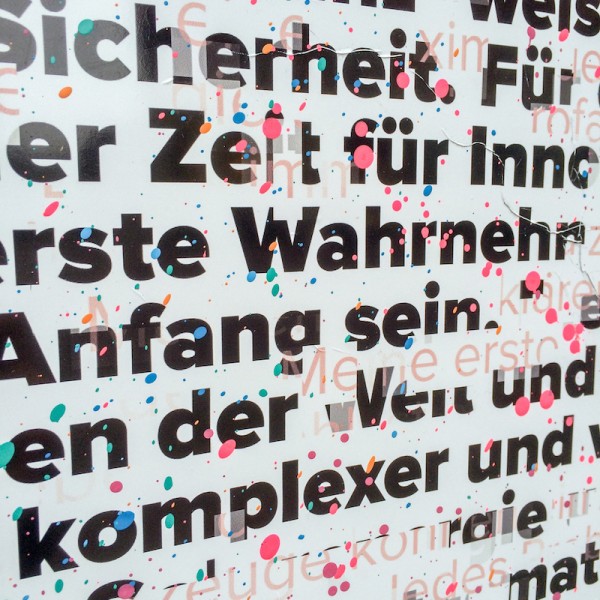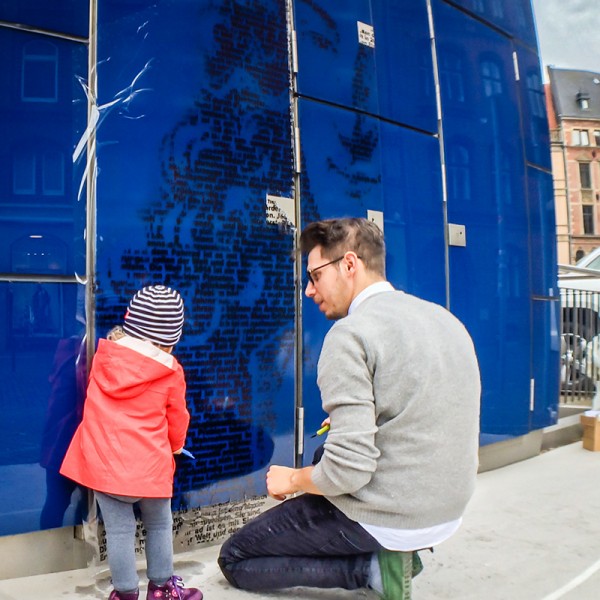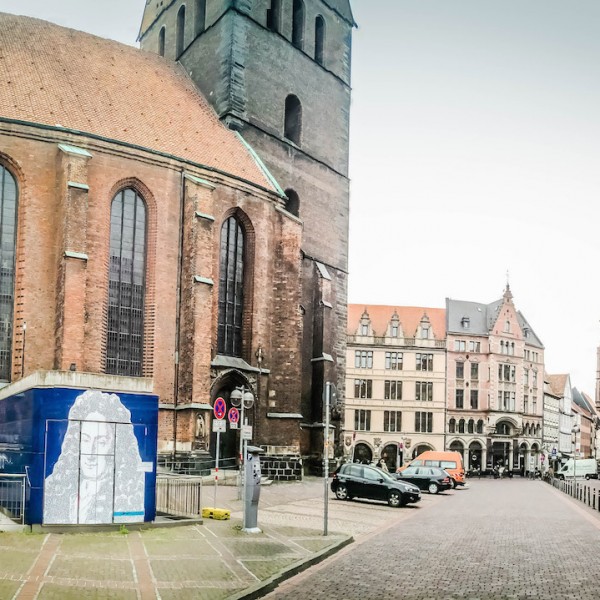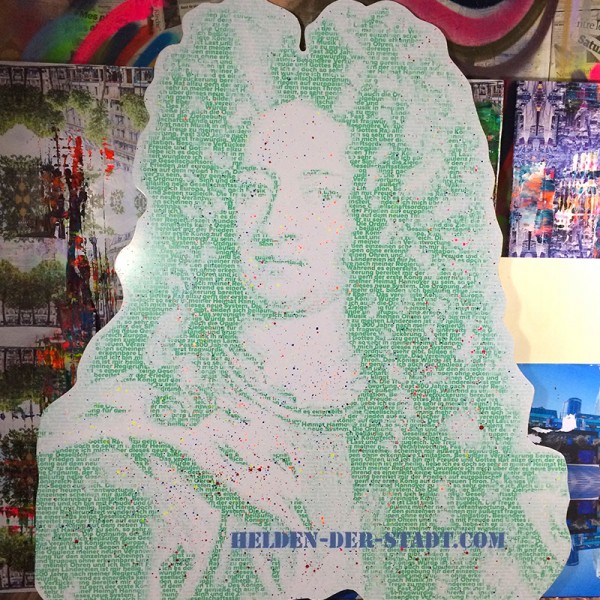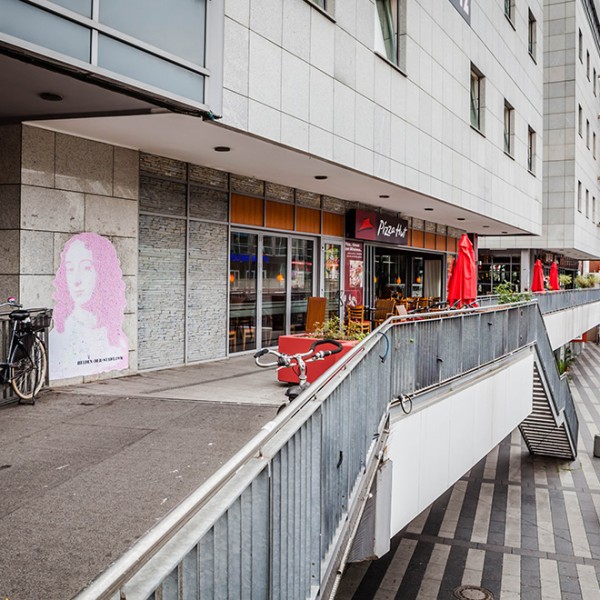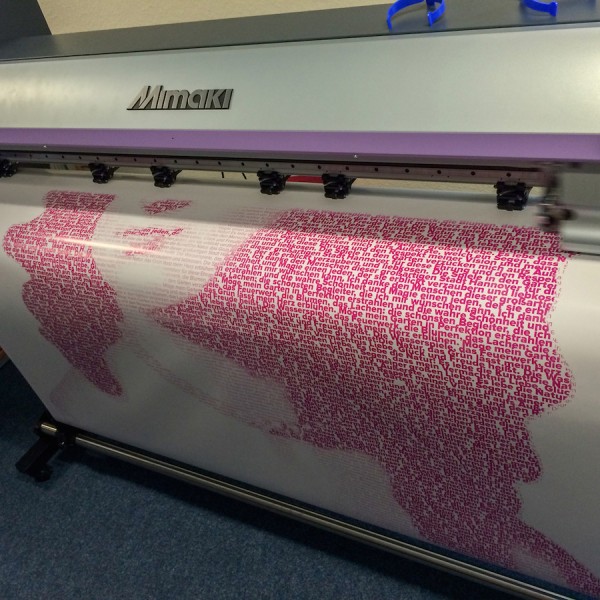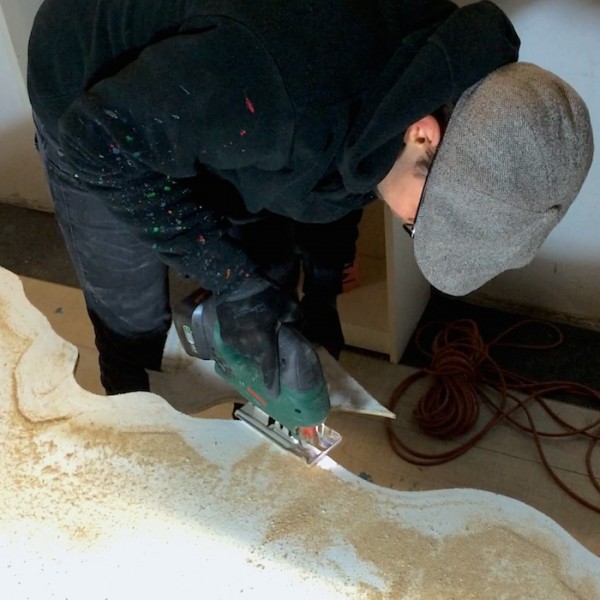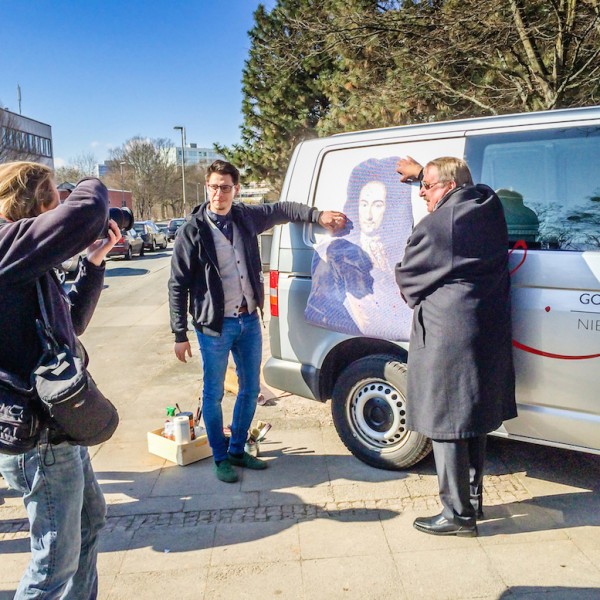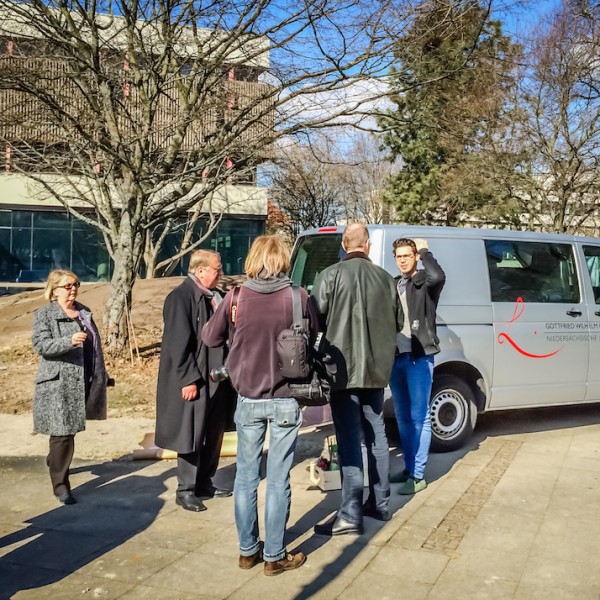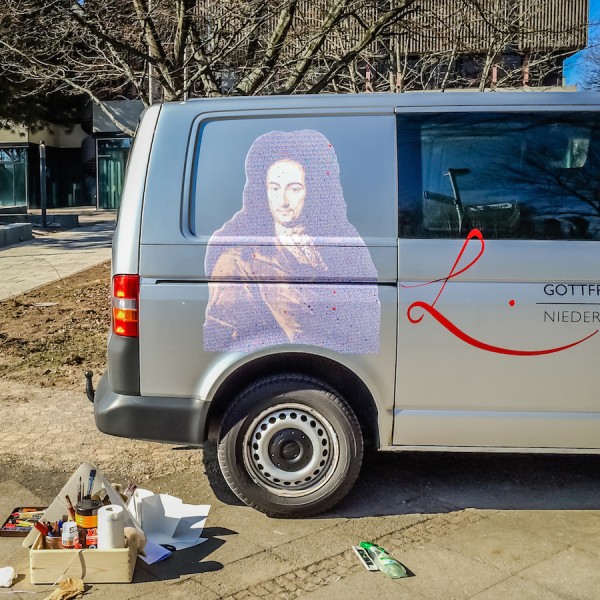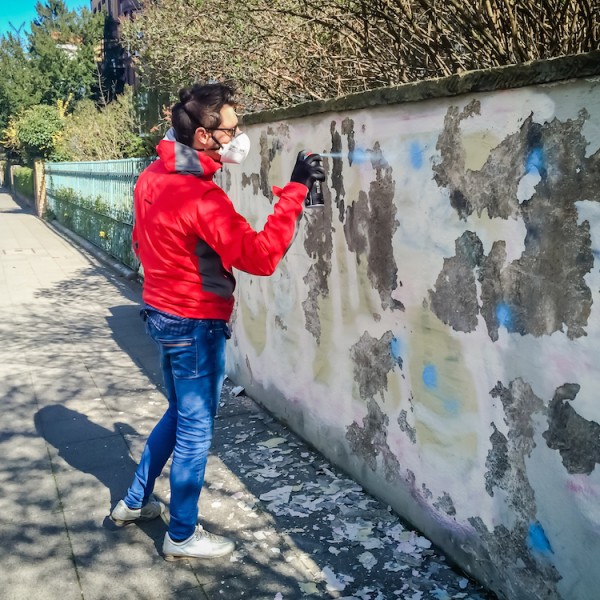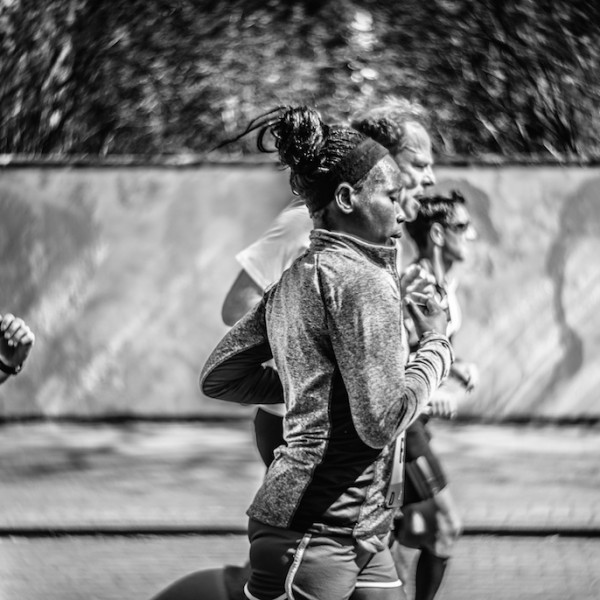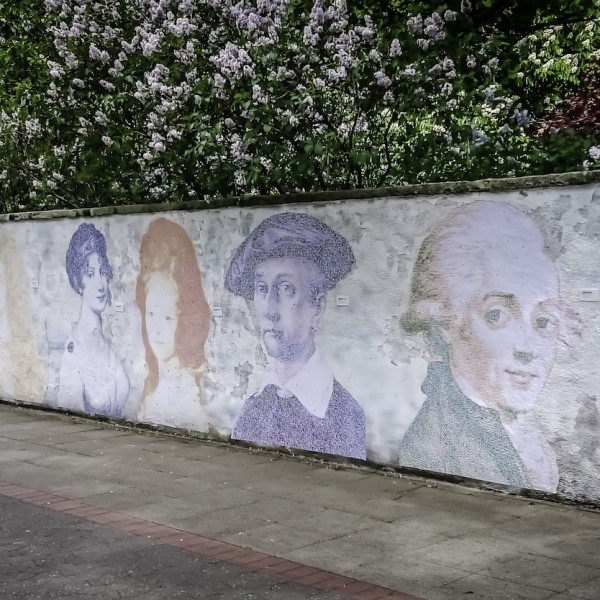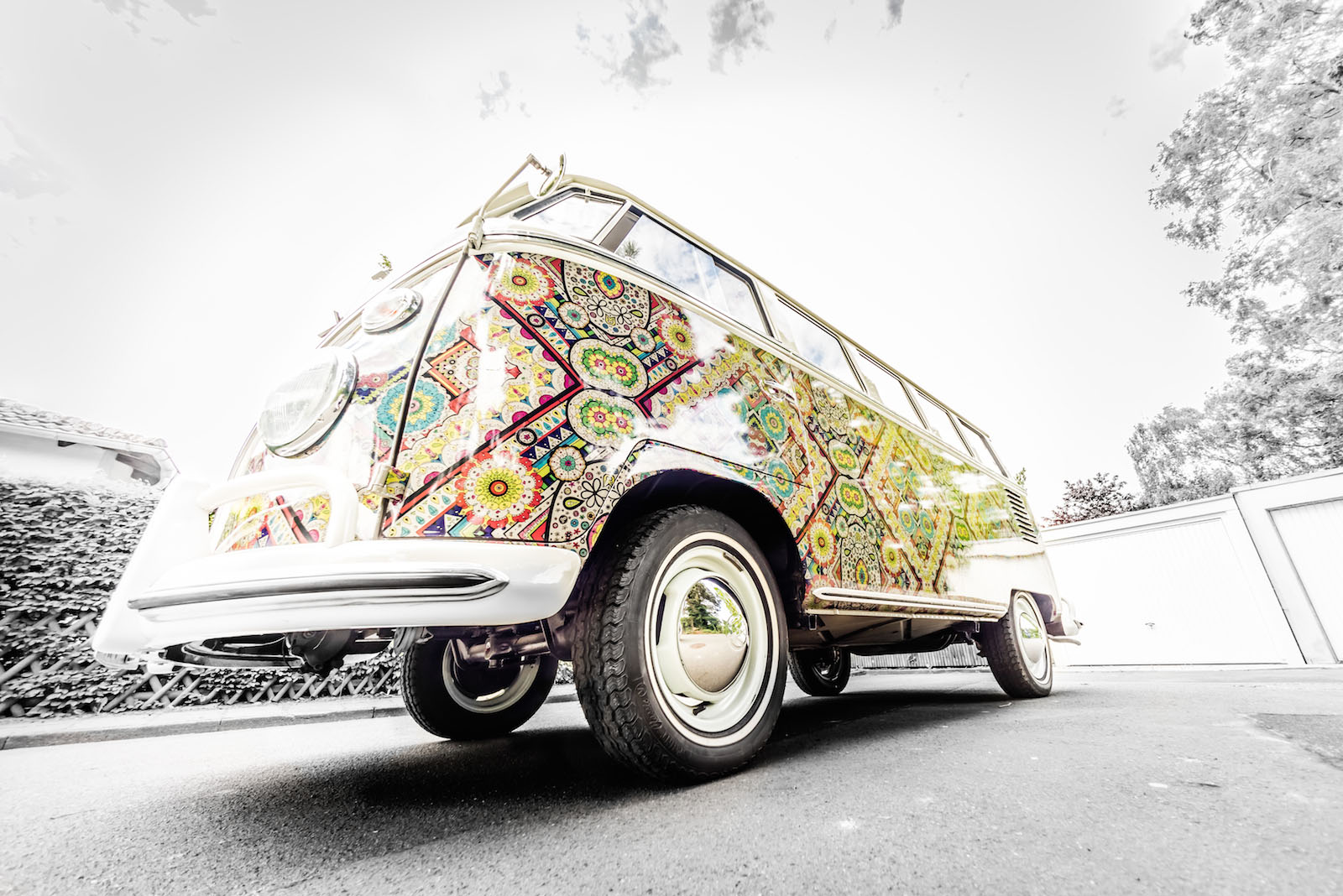
VW T1 Samba
I am text block. Click edit button to change this text. Lorem ipsum dolor sit amet, consectetur adipiscing elit. Ut elit tellus, luctus nec ullamcorper mattis, pulvinar dapibus leo.
Some words of the owner Rainer B.
The Sambabus
Officially the „Samba“ was called VW T1 „Microbus Deluxe“ or “Sunroof Deluxe”and was built with 23 windows between April 1951 and August 1963, later until 1967 with 21 windows. It was produced in Wolfsburg and since 1956 in Hannover.
The bus had between 25 and 44 horsepowers and was equipped with a ragtop as well as with front and rear bumpers and a radio. It offered 9 seats and cost 8475 German Marks in 1955, which was a small fortune in those days.
The VW bus became famous in the late 60s and 70s as the “Hippiebus”, used as a mobile Hippie home. California, Northern Africa and Southern Europe were common destinations for Hippie trails in Samba busses. Pictures of Hippies with flower shirt and painted Sambabus became stereotypical. The Who sang “Magic bus” and “Going mobile”.
Some aftermaths of the “summer of love” in 1968 and the Woodstock festival in 1969 happened in Northern Germany when we were old enough to drive in the mid 70s. Those were the days when I started to love the Sambabus myself. A friend of mine had a later model and we often went on weekend trips with six or more people, enjoyed the huge sunroof, which minimum four of us would use at the same time to stand up and hold our noses against the wind. Whilst cruising with a speed of 60 miles per hour through the hills near our hometown, we listened to Deep Purple, The Who, Santana, Pink Floyd or Jefferson Airplane. The panoramic windows and especially the sunroof gave a completely different driving experience. It felt as if we were sitting outside.
I think many young people loved the Samba because 4 could easily sleep in the bus. It was so multifunctional. It worked well as truck when moving from one flat to another. It offered cheap transport, simply because the gasoline costs could be split by more people. At the beach it served as surfing bus, big enough to tie down long boards on the roof. Or imagine going to the drive-in movies with 8 friends and the entrance fee is paid per vehicle. It had enough space on the outside so that each “member of the gang” could add his nonsense or philosophy in writing or painting to the two colour paint. And the acoustics were far better than in a VW beetle or small Opel. So car record players or the first audio cassette decks were very often installed in addition to the serial radio to turn the Samba into a concert hall.
Anyway, flower power to my Samba, I love it! ☺
About this bus:
Built in 1962 in Hannover, exported by a US tourist to Santa Cruz, California. Bought from his grandson end of 2012 and shipped back to Hannover. Complete restoration 2013/2014 including vintage sari side panels and sunroof ceiling. In 2015 new original dark grey/white paint and Hippie look.
Story in images
Click on image to activate the gallery.


